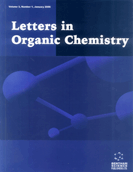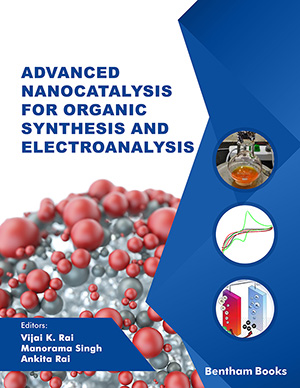Abstract
Background: Catechol is a phenolic molecule found naturally in plants. It is also known as pyrogallic acid or 1, 2-dihydroxybenzene. Catechol is currently produced commercially by decarboxylating gallic acid at high temperatures and pressures.
Aims and Objectives: This research aimed to understand the biological importance of catechol and perform molecular structural analysis on catechol molecules.
Methods: Catechol (1, 2, dihydroxy benzene) was studied via computational analysis by employing the use of DFT and B3LYP methods. Hirshfeld analysis was carried out to investigate crystal intermolecular interactions, and the NBO study was performed to study chemical donating and accepting interactions. Moreover, the computational study was performed using FTIR, HNMR and other instrumentation like AIM theory for circular dichroism data.
Results: Furthermore, the surface iso-projection study and binding energy results did prove to run in alignment with experimentally obtained values from the computational studies. Fukui functional study and molecular electrostatic potential were utilized in the study to investigate interactions between anionic and cationic sites of catechol. In addition, molecular dynamic simulations revealed that biomolecular stability was also present. Thus, the antibiotic efficacy of catechol displayed chemical oxidative interactions that exhibited close chemical correlations with ascorbic acid, ellagic acid, and gallic acid.
Conclusion: The catechol has been examined experimentally and theoretically. The results were compared with catechol spectra, including IR and UV-visible spectra generated through computer analysis. The experimentally observed spectra were found to be in parallel with theoretical data. According to drug-likeness investigations, the following compounds, gallic acid, ellagic acid, and ascorbic acid, were found to be closely related to catechol as an antibiotic. Hence, it can be concluded that catechol, whether in its entirety or in a portion, is a potent antibacterial, anti-inflammatory, and anti-malarial drug.
Keywords: Catechol, experimental, futuristic tools, Hirshfeld surface analysis, antibacterial, anti-inflammatory.
[http://dx.doi.org/10.15244/pjoes/36986]
[http://dx.doi.org/10.1016/j.cbi.2009.11.028] [PMID: 19948158]
[http://dx.doi.org/10.4103/0974-8490.112421] [PMID: 23901211]
[http://dx.doi.org/10.1039/C4FO01087F] [PMID: 25585200]
[http://dx.doi.org/10.3390/antiox6020030] [PMID: 28420078]
[http://dx.doi.org/10.1016/S0048-9697(98)00294-0]
[http://dx.doi.org/10.1246/bcsj.77.1201]
[http://dx.doi.org/10.1111/j.1476-5381.1994.tb14753.x] [PMID: 8004387]
[http://dx.doi.org/10.1248/bpb.19.558]
[http://dx.doi.org/10.1002/wcms.81]
[http://dx.doi.org/10.1063/1.455064]
[http://dx.doi.org/10.1002/jcc.22885] [PMID: 22162017]
[http://dx.doi.org/10.1038/srep42717] [PMID: 28256516]
[http://dx.doi.org/10.1002/slct.201802389]
[http://dx.doi.org/10.1007/s13369-022-07476-z]
[http://dx.doi.org/10.1039/b306072a]
[http://dx.doi.org/10.1007/BF00549096]
[http://dx.doi.org/10.1007/s11164-015-2203-2]
[http://dx.doi.org/10.1126/science.218.4574.747] [PMID: 17771019]
[http://dx.doi.org/10.1016/j.rechem.2023.100763]
[http://dx.doi.org/10.1063/1.1654850]



























